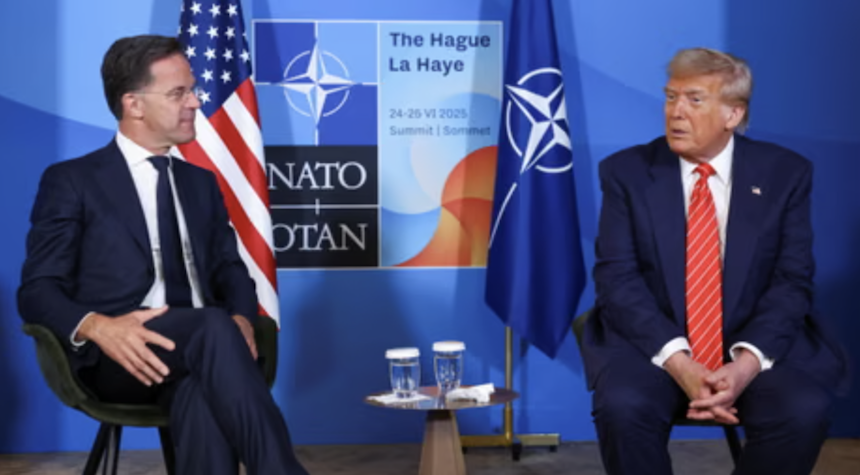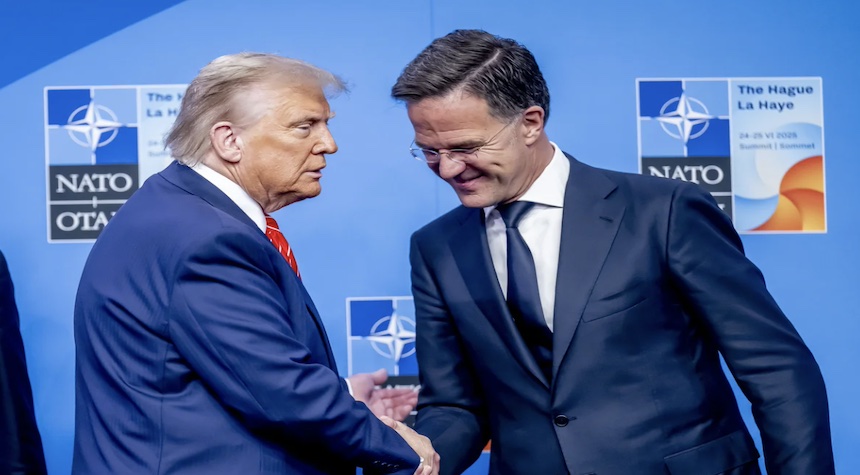NATO announced on Thursday that all its members are on course this year to meet the defense spending target of 2 percent of GDP, setting the stage for a far more ambitious objective.
The 32-nation military alliance, at a June summit in the Hague, agreed under pressure from U.S. President Donald Trump to significantly increase defense spending over the next decade. This development follows earlier reports that President Trump had urged a commitment from allies to allocate 5 percent of their GDPs towards security-related spending, a move seen as essential to keeping him engaged with NATO.
The proposed 5 percent breaks down into 3.5 percent for core defense spending and 1.5 percent for broader areas such as infrastructure and cybersecurity. This new target supersedes the previous military spending goal of 2 percent, which was established in 2014. According to reliable sources, NATO has stated that all allies are now expected to meet this 2 percent target by 2025, and that overall defense spending across the alliance is predicted to exceed $1.5 trillion for the year.
This commitment follows hastily constructed plans by several nations, notably Spain, Belgium, and Italy, to reach the 2 percent goal ahead of the Hague gathering. The struggle to meet this figure underscores the challenges that NATO countries in Europe may face in striving towards President Trump’s new target.

During his 2016 campaign and early presidency, President Trump frequently lambasted NATO members for their perceived over-reliance on the United States without investing adequately in their own defense. At the May 2017 NATO summit in Brussels, he used the term “delinquent” to describe underperforming NATO countries, suggesting they needed to pay their fair share for the protection they receive.
Officials have insisted that European countries must honor their pledge if they are to possess the capabilities required to counter potential threats from Russia. Multiple Western militaries and intelligence services have cautioned that Moscow could potentially attack a NATO country within three to five years if the conflict in Ukraine concludes.
Also Read: Trump Demands Death Penalty for Killers in Washington, D.C.
Washington, which has been the foundation of European security since World War II, is urging a shift in the responsibility for the continent’s defense onto European nations. This comes as the Pentagon conducts a review of its global deployments, warning of a possible reduction in its presence in Europe to focus more on China.
While some European countries have lagged in defense spending, NATO members close to Russia, such as Poland and the Baltic states, are predicted to achieve the five percent of GDP target in the next few years. Poland is projected to be the highest spender among NATO countries in 2025, with an expected expenditure of 4.48 percent of its GDP.
The United States currently allocates 3.22 percent of its GDP to defense, but contributes the bulk of the alliance’s total expenditure in dollar terms.

